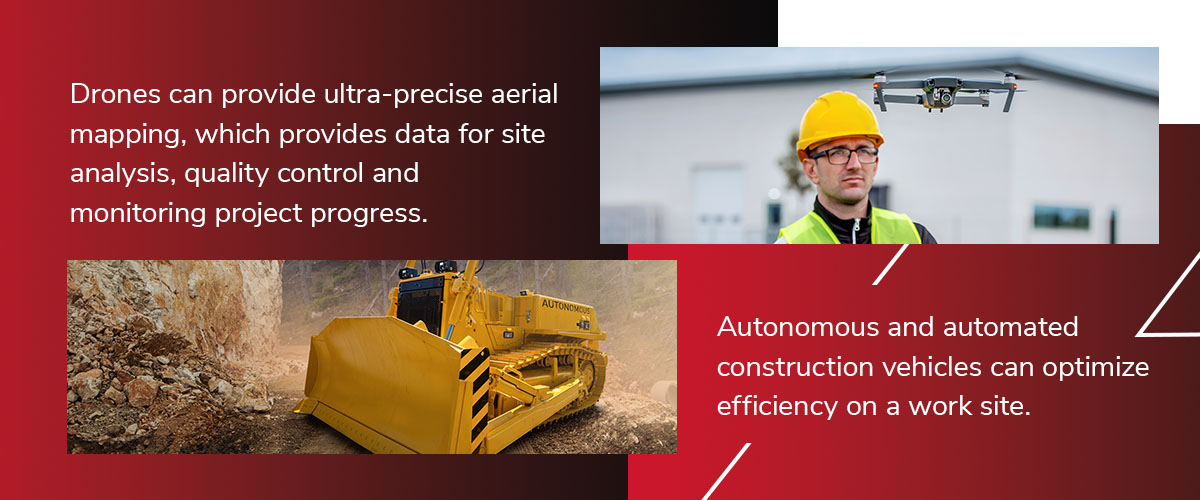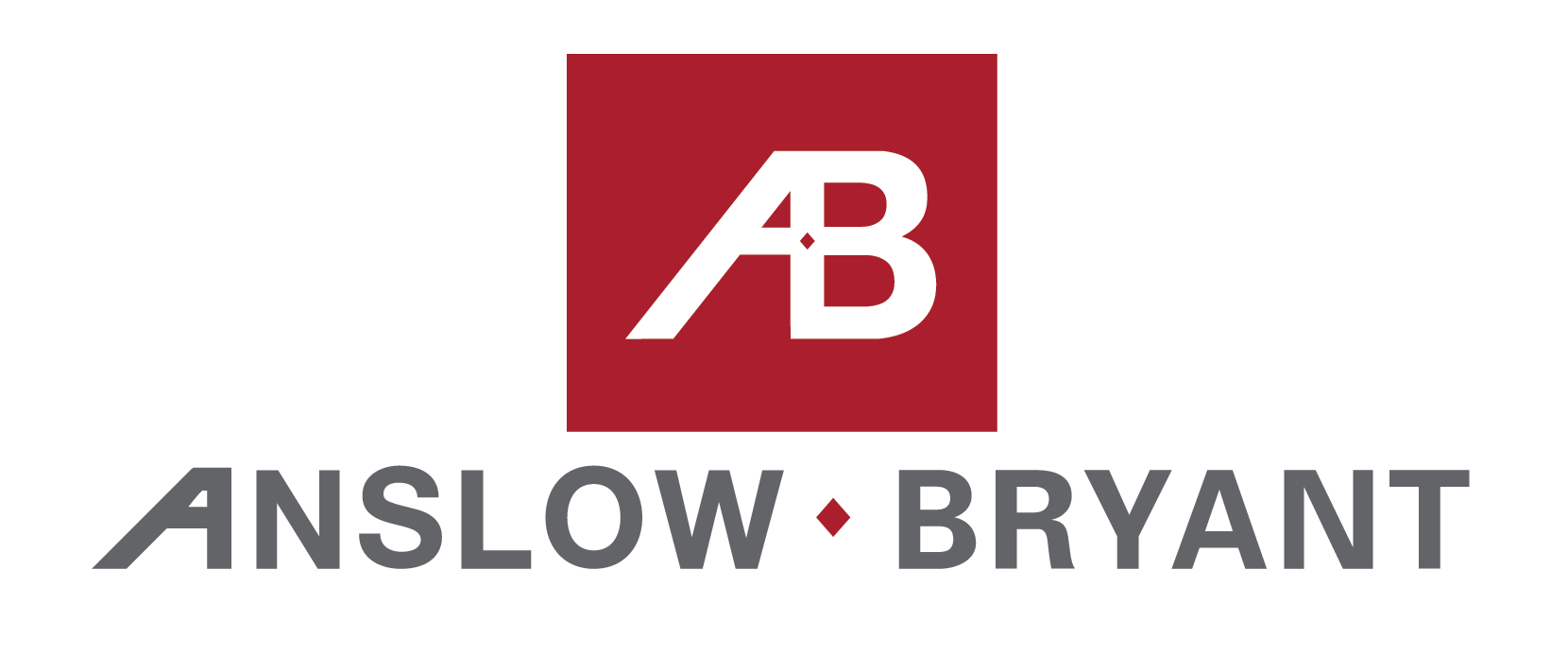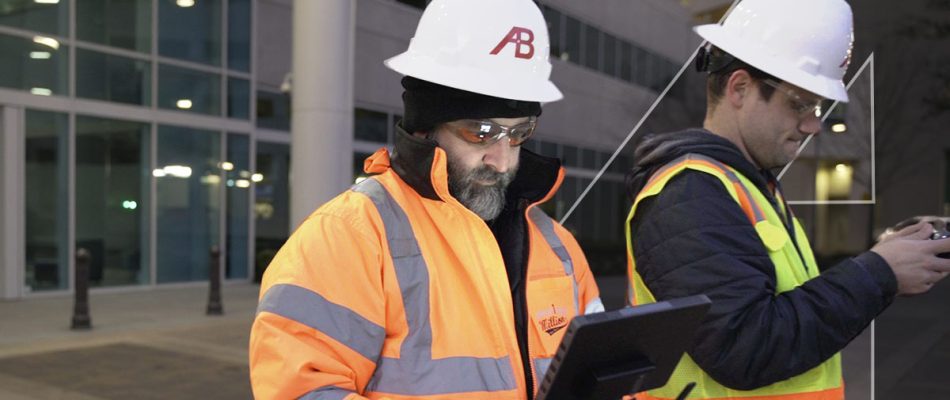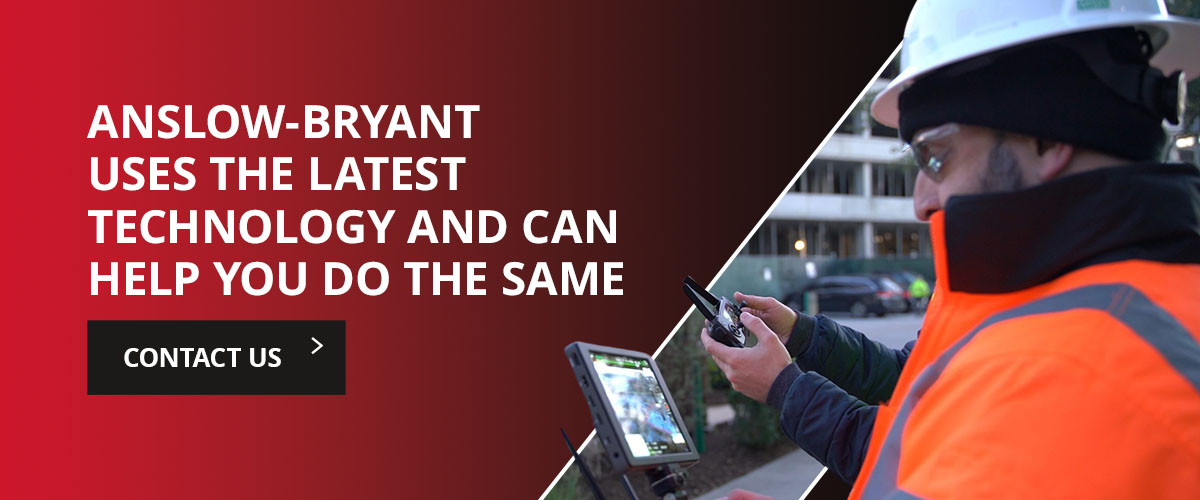The Impacts of Construction Technology
Technological advancements lead to innovations and breakthroughs across every industry. However, few industries have experienced a shift as dramatic as the construction industry. Every year, this sector reaches new heights and executes incredible projects. Today is a new and exciting age for the industry, from designing and planning to IT support for construction companies.
Learn about the most promising construction industry technology trends in this reader-friendly guide.
Technological Advancements in the Construction Industry
Technological advancements have transformed the construction industry. Technology has revolutionized how we design, build and manage construction projects, from groundbreaking equipment and material innovations to the adoption of cutting-edge software and automation. Let’s explore some of the industry’s most promising and influential advancements, highlighting their potential to enhance efficiency, safety and sustainability while shaping the future of the built environment.
Digital Design and Planning Tools
Augmented and virtual reality have led to vast improvements in digital design and planning tools. Architects and engineers can now plan their projects in a virtual 3D space. Moving away from traditional 2D planning has led to more detailed plans and accurate measurements. You can now create immersive 3D experiences, taking modeling to brand-new heights.
Augmented reality is an invaluable tool around the physical job site, making it easier to avoid hazards and work smarter. Construction workers can also use this technology for measurements and navigation.
Building Information Modeling
Building information modeling is one of the most prominent examples of construction technology’s positive impacts. BIM is a collaborative approach that uses 3D modeling software to digitally represent a building project.
With BIM, architects, engineers and construction professionals can work together in a virtual environment, seamlessly coordinating design elements, detecting clashes and optimizing construction processes. This technology enhances communication and collaboration, reduces errors and improves project efficiency. BIM also allows stakeholders to visualize models of incomplete projects, aiding in decision-making and reducing costly changes during construction.
Project Management Tools
Information technology in construction has led to a plethora of useful apps. From managing projects to admin assistants, the software solutions available to construction companies are multiplying. User-friendly software makes it much easier to manage large-scale projects.
There is an app for everything from pre-construction, material procurement, scheduling, designing, payment, supply chain, office admin and field reporting. These mobile apps allow you to organize construction projects from anywhere.
Drones and Robotics
Drones with advanced imaging technology and onboard cameras are revolutionizing inspections and surveying procedures. They can provide ultra-precise aerial mapping, which provides data for site analysis, quality control and monitoring project progress. Construction workers can also use drones to identify risks on a job site, improving safety, minimizing accidents and ultimately reducing project delays.

Robotic bricklayers can exponentially speed up construction work. They are precise, fast and guarantee high-quality work. Using a robot to lay bricks can significantly reduce labor costs when working with complex designs and different materials.
Autonomous and automated construction vehicles can optimize efficiency on a work site. Self-driving bulldozers, forklifts and excavators are an emerging trend in construction technology. Using them can reduce fuel consumption and follow optimized routes to maximize efficiency.
Internet of Things
The Internet of Things has digitized the construction industry. IoT devices link to create a more synergistic workspace that monitors its quality, performance and activities. Compiling data can fully optimize work to provide the best results and help devices perform more efficiently and effectively.
As technology advances, devices that “speak” to each other will become the norm. By integrating IoT features, you and your team can complete projects faster, improve communications and find the best ways to use your equipment.
3D Printing
Advancements in 3D printing technology allow us to create three-dimensional objects from digital files, revolutionizing the construction industry for several reasons.
- Printing material: 3D printers can make objects from almost any material, printing anything you might need on a construction site in moments. Working with raw materials like metal and wood will become far more efficient.
- Custom parts: You can now make any object to match a specific shape or purpose. A 3D printer is the best tool to invest in if you want to fill a hole, connect things or make bold new designs.
- The only limit is imagination: 3D printers are invaluable in the construction industry. You can make anything for any project with a high-quality printer and materials, creating infinite possibilities.
Adverse Effects of Technology in Construction
While construction technology has undoubtedly benefited the industry, it is equally essential to consider the potential drawbacks. Progress can also pose a threat in this sector. Here are the most significant concerns to consider.
- Safety risks: Automation reduces accidents resulting from human error but brings other safety concerns, such as system failures, data breaches and malfunctioning hardware or software. You must account for worker and technology security. A malfunctioning machine can be just as harmful, if not more so, than a mistake made by a human. Maintenance and cybersecurity measures can prevent safety risks.
- Job displacement: One of the most concerning drawbacks of technology is its potential for replacing human workers. As more machines can handle physical labor, concerns about job security increase.
- Social aspects: Automated tasks could decrease the demand for skilled labor, leading to various social issues like income disparity. Additionally, construction workers who are unfamiliar with technology may struggle to get new, high-paying jobs.
Construction Technology Trends
Technological advancements have already done much to streamline operations in the construction industry. We predict some trends on the horizon will bring about even more changes in the construction landscape.
- Smart cities: A smart city is a community fully integrated with IoT, where elements like housing, utilities and sanitation work together in perfect synergy.
- Advances in 3D printing: Future breakthroughs could make 3D printing an even more revolutionary tool.
- Green construction: Technology will pave the way for environmentally friendly construction practices, from embracing energy-efficient solutions to maximizing renewable resources.
Anslow-Bryant Uses the Latest Technology and Can Help You Do the Same
When you partner with Anslow-Bryant, you will gain real-time field data and information with our cloud software. Our mobile technology services will maximize your productivity and make your work paperless in no time. View drawings and plans, explore 3D models, optimize your document library and even more with our powerful software tools.
Embrace the future with Anslow-Bryant. Contact us online or call 713-626-1216 to learn more about us, our cloud software and other services.






